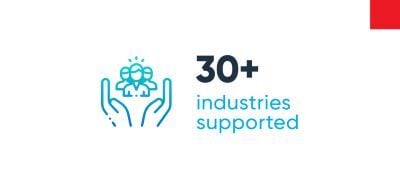Valutek By the Numbers







Industries We Support
& Advanced Manufacturing
Valutek supports industry leaders operating in environments where continuous product innovation and increasingly stringent standards require improved yield, greater throughput, and reduced defects.
Learn More& Advanced Manufacturing
& Biotechnology
In today’s complex and ever-evolving regulatory landscape, Valutek products help Life Science organizations maintain stable, compliant environments that support manufacturing best practices.
Learn More& Biotechnology
Leading research institutions rely on Valutek to maintain their critical environments. Our commitment to product quality supports innovation and progress in these vital facilities.
Learn MoreProducts Qualified at








.png?width=300&name=Untitled%20(74).png)













Product Categories: Solutions for Critical Environments
Cleanliness Classification: Three Distinct Product Families
Product Innovations
Valutek's new product innovations are driven by real customer feedback and our commitment to quality.
Technical Resources
Our educational blogs, case studies and technical paper series offer valuable insights and best practices for a variety of controlled environments.
Why Valutek
Commitment to Quality
Active Member of


.png?width=300&name=Untitled%20(89).png)




-png.png?width=125&height=125&name=Untitled%20(81)-png.png)




